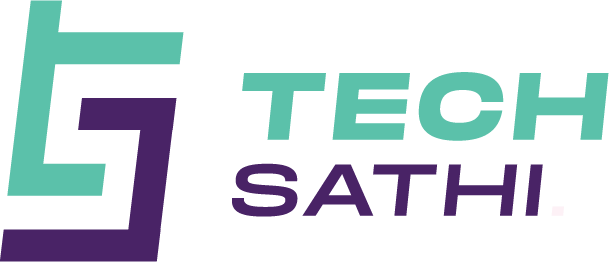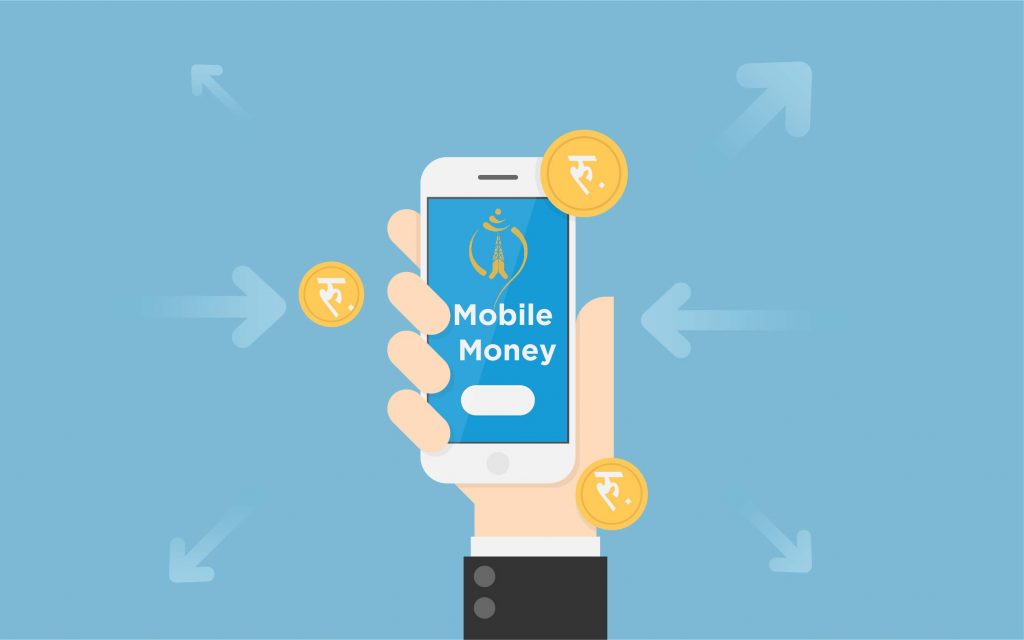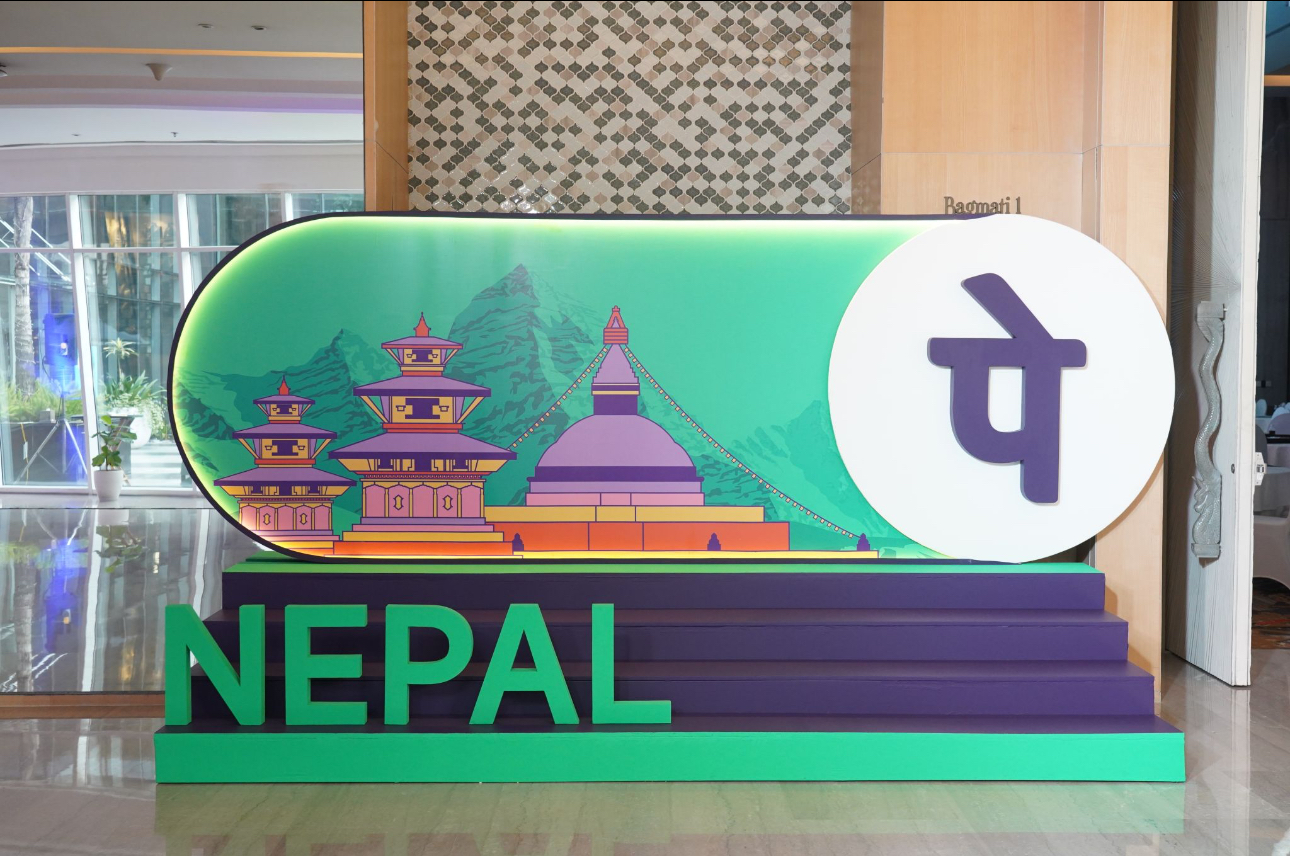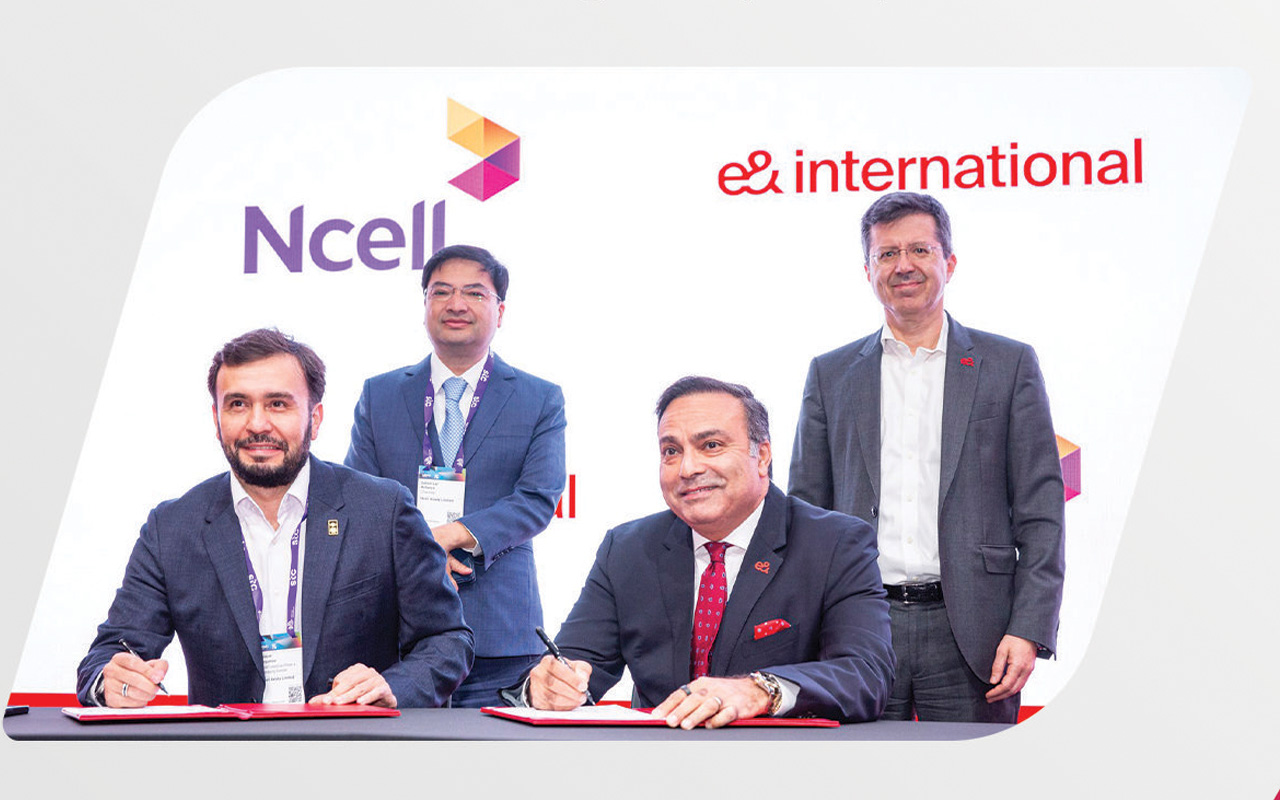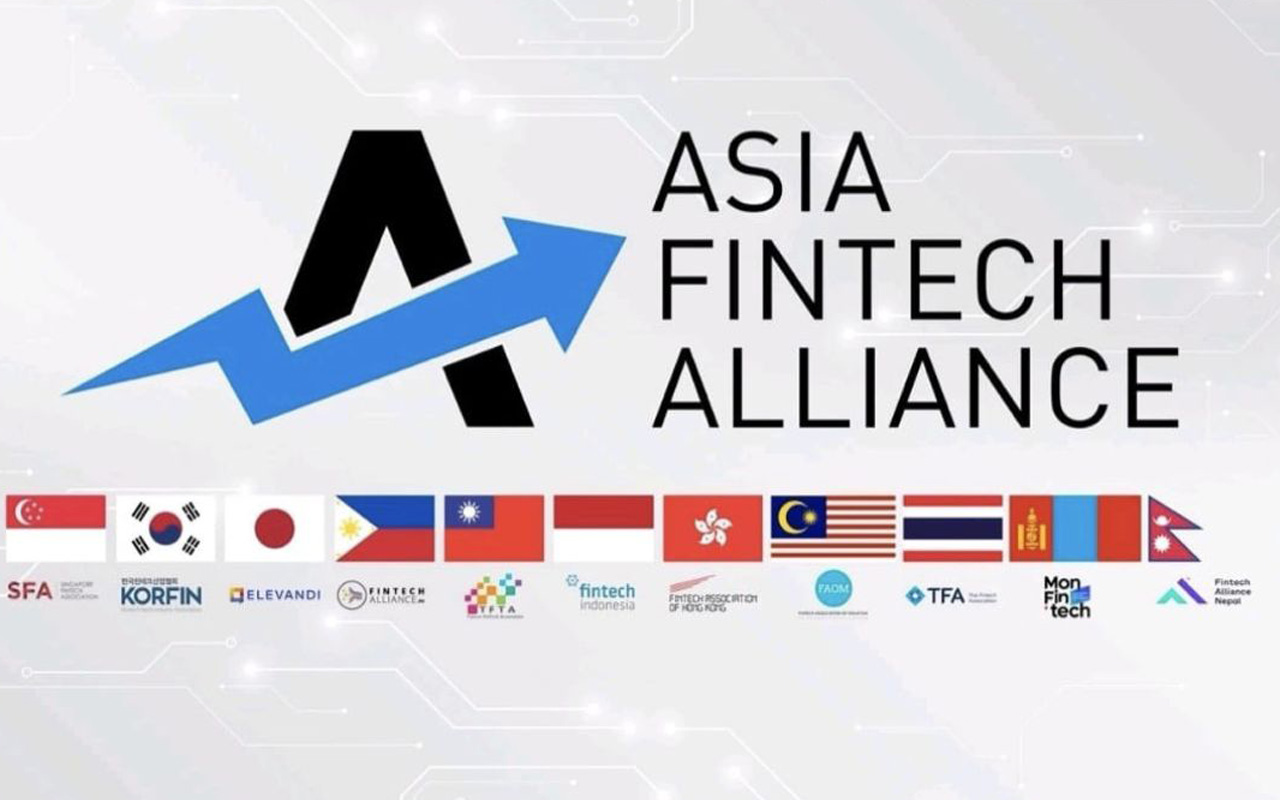Nepal Telecom has got approval from Nepal Rastra Bank to operate its Mobile Money from its subsidiary company Nepal Digital Payments Company Limited.
Through the Mobile Money system, the users can purchase goods and services or perform digital transactions through the balance in their mobile SIM. Nepal Digital Payments Company Limited is a joint venture of NTA and Rastriya Banijya Bank Limited.
On the panel discussion of the Fonepay Digital Economy Conclave held formerly on 28th of November, 2020, Mr Kiran K. Shrestha, CEO of Rastriya Banijya Bank (RBB), had informed that RBB in collaboration with Nepal Telecom was going to establish Nepal Digital Payments Company with Rs 1 billion capital, which aims to leverage the wide customer base of both entities in expanding the payment services in rural areas of Nepal.
As a result it, Digital Payment Company Limited had applied for the license to NRB and had received a letter of intent from NRB on August 2020 with the condition that the infrastructure should be prepared for the operation of mobile money service within six months. And on 27th January 2021, Nepal Telecommunication Authority (NTA) had given permission to Nepal Telecom to start a mobile money service.
Finally, NRB has approved the requested application after accessing the overall system and status of the company.
About Mobile Money
Mobile Money is another digital wallet by Nepal Telecom with some distinct features. The main difference is that instead of a bank account, it would use the balance of our NTC SIMs as the fund in the wallet. The user can use their balance to make calls or send messages, use data and even pay for the purchase of goods and services like we make through other existing digital wallets.
This type of service is being introduced for the first time in Nepal where our mobile wallet and SIM operated under Nepal Telecom would be integrated so as to perform digital payments and transactions through the available balance in our mobile SIM.
Similarly, the mobile money service would also enable Unstructured Supplementary Service Data (USSD) based payment. Just remember how we purchase data packs or transfer balances to others. In the same way, one can pay directly using USSD codes which appear mostly in the form of *….#. It would be easier to use where just a code can make instant payments. Unlike other digital wallets, one does not require to search for the options available in their systems. With this, our mobile number will function like a bank account.
Opting for Inclusive Strategy for Rural Areas?
To date, digital wallets in Nepal have sophisticated user interfaces which are handy for educated and literate ones at large. Moreover, they are either available as mobile wallets for smartphones or web apps. However, it is still difficult to include the feature phone users where they do not have touchscreen options. And that is still being used by the majority of people in remote areas.
Even with 38.61 million mobile connections in Nepal as of January 2021, still the main hindrance in fostering digital transactions accounts for less number of internet users. Though the internet penetration stood at 36.7% of the total population in January 2021, it is still not enough for the digital progress since the remaining 63.3% are beyond the internet access.
Hence, Nepal Telecom has initiated this effort to include the feature phone users who are hardly enjoying the internet services through easy-to-use code-based payment services. This could enable them to experience digital payment services even through their featured phones. Not only that, it would be an easier and faster mode of payment for smartphone users as well.
Well, do you think this new product of Nepal Telecom would be successful in expanding the digital payment services to the grass-roots levels as well? With the growing number of digital wallets, is it enough for Mobile Money to stand out among its prospective peers with the above-mentioned features? We would love to know your thoughts on this.

